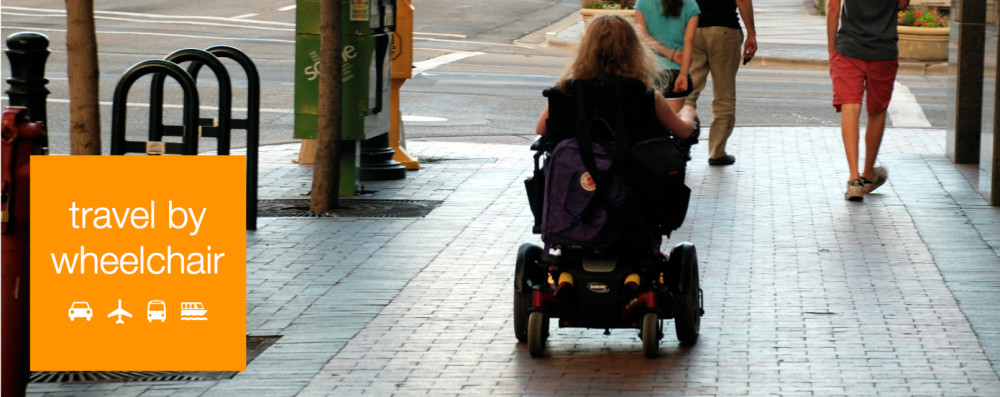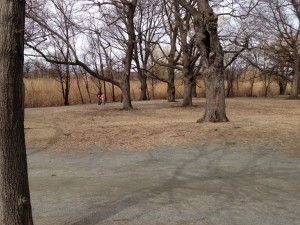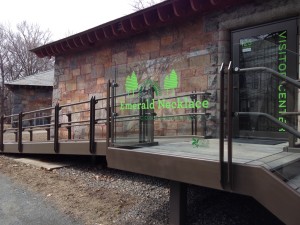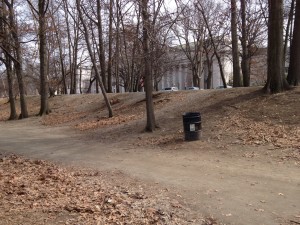I’ve attended two hearings this year at Newton’s Zoning Board of Appeals; one in November and then another in February. Both appeals were filed by neighbors who wanted special permits applied to group homes for developmentally disabled young adults that were being built in their neighborhoods. Both sets of appellants said, in the public hearing, that they were not discriminating against people with disabilities. Several of the petitioners (for the appeal) even said they were hurt that others thought they were being discriminatory and felt personally maligned.
I kind of see how they could convince themselves of that. The neighbors are concerned about street parking, size of the addition to the existing house, more traffic, water displacement issues, and noise. Most of these issues are dealt with when a building permit is issued. When you build a house or addition, the city or town requires engineering studies that show how you will manage displaced water and has laws governing the size of the addition that can be built on your lot. The noise complaint? That, frankly, is a specious complaint to bring before the Zoning Board, because honestly, my next-door neighbors could have a band that practices at their house every night, and I don’t really have a say about that besides appealing to their sense of common courtesy.
Back on topic. There are two important federal laws that apply here. The Fair Housing Amendments Act (FHAA) and Americans With Disabilities Act (ADA) protect people with disabilities from being treated unfairly. The FHAA and the ADA make it very clear that the implementation of zoning laws that create barriers to community living for these individuals is illegal.
That last sentence is very, very important.
The point is that people with disabilities already have a hard enough time of it. Just completing the daily tasks of living can take longer for someone with a disability, in ways that someone without a disability might never be able to imagine. Presumably, we as a society want to break down the barriers that prevent people with disabilities from contributing to our society in the meaningful way that they have shown, again and again, that they do.
If you think of people with disabilities in a group home as a family, that should change everything. Studies have shown that the opportunity to live as a family allows people with disabilities the chance to pool their resources and live in a neighborhood that they might not otherwise be able to afford to live in. The chance to live with others means more social connection and less isolation. Having space for a live-in caretaker, or two, provides the layer of support and decision-making that those with disabilities often need — much like a parent.
And so what if there are 10 people living in a house with 2 or even 3 or 4 caretakers? My husband is one of six kids born within 7 years. He grew up in a densely-populated Irish Catholic neighborhood of Boston, in a 2300-square foot house on a quarter-of-an-acre lot. He had two parents, plus live-in help at different times when his mom was sick. Because the kids were born so close together, there were a lot of teenagers in the house for a period of time, and at least 3 or 4 extra cars in the driveway and on the street. At any given time, there might be a couple more teenagers (friends of the kids) staying indefinitely at the house for one reason or another. Did I mention the metal basketball hoop outside the kitchen windows? The same windows which were so close to the neighbor’s kitchen windows that you could hear conversations in each other’s kitchen when the weather was good and the windows open? Can you imagine hearing thud, thud, thud METAL REVERBERATING at 11 pm at night?
And guess what? This was not abnormal in neighborhoods in Boston in the 60’s and 70’s. You were either from a big family or you had cousins, or neighbors who were one of 6, or 8, or 10. We knew a family of 17 – yes, 17 kids and two parents. There were a lot of people living together in sometimes not-so-big houses in thickly-settled city neighborhoods. Neighbors ironed out their differences face-to-face. (Well, OK. Maybe it didn’t always work out that way….)
My point is that what’s at play here in Newton with regard to these group homes is subtle. There can be a tendency toward isolationism in affluent neighborhoods. Many work hard and save to buy a house in a community they feel is safe and has good schools and rising property values. And if someone or something threatens their hard-won idyll, perhaps they feel a little (sometimes a lot) entitled to put walls up, to tell the neighbor they must paint their house to keep the neighborhood looking good, to complain about someone’s lawn ornaments or front-yard vegetable garden. Is that discrimination? Maybe it’s debatable.
What I do know is that we’re better off as a society if we can integrate abilities, sensitivities, ethnicities, gender differences, religious beliefs and economics. Inclusion fosters balance and compassion in a world that feels at times like it is splintering into extremities.
So please, welcome the big noisy family of 10, whether they are a biological family or a blended family or a family of the developmentally disabled. They will probably rock your world, and they might change your life….for the better.



